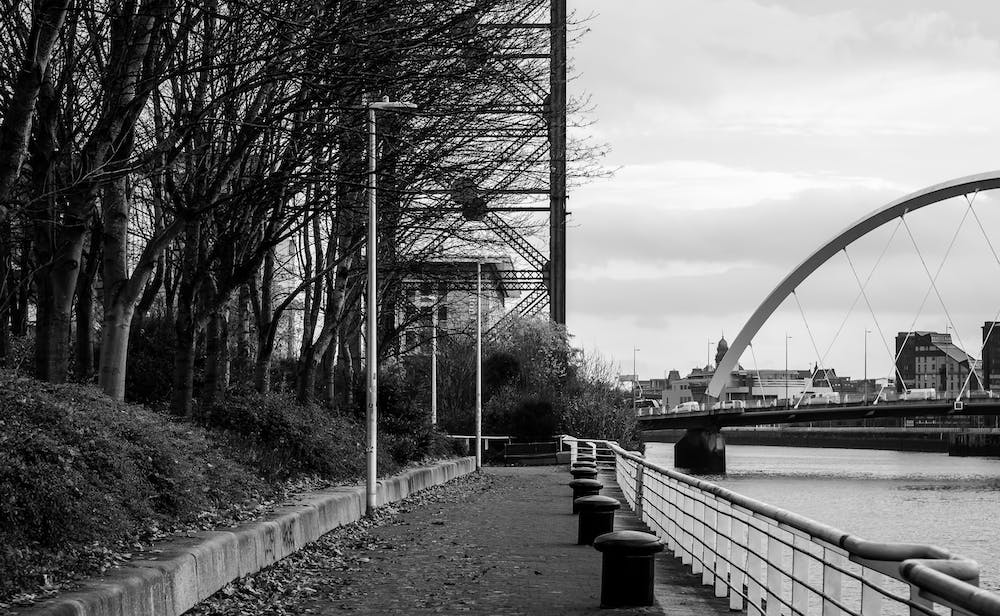If you’re looking for a way to finance a big purchase or a home renovation, you might have heard of bridge loans. Bridge loans are short-term loans that allow you to borrow money against your current property and use it for a new one. They can be useful in some situations, but they also have some drawbacks. Here are some pros and cons of getting a bridge loan.
 Pros:
Pros:
 – You can buy a new home before selling your old one. This can save you from the hassle of renting or moving twice.
– You can buy a new home before selling your old one. This can save you from the hassle of renting or moving twice.
– You can avoid contingent offers. Contingent offers are when you make an offer on a new home that depends on selling your old one. They can make your offer less attractive to sellers and reduce your bargaining power.
– You can access equity in your current home. If you have a lot of equity in your current home, you can use it to fund your new home purchase or other expenses.
 Cons:
Cons:
 – You have to pay two mortgages at once. Bridge loans are not cheap. You have to pay interest and fees on both your bridge loan and your existing mortgage. This can put a strain on your budget and cash flow.
– You have to pay two mortgages at once. Bridge loans are not cheap. You have to pay interest and fees on both your bridge loan and your existing mortgage. This can put a strain on your budget and cash flow.
– You have to repay the loan quickly. Bridge loans usually have terms of 6 to 12 months. This means you have to sell your old home and repay the loan within that time frame. If you can’t sell your old home fast enough, you might have to extend the loan or face default.
– You take on more risk. Bridge loans are secured by your current home. If you fail to repay the loan, you could lose your home to foreclosure. You also risk losing money if the value of your current home drops or if the market conditions change.
 Bridge loans can be a convenient option for some home buyers, but they are not for everyone. Before you decide to get a bridge loan, make sure you weigh the pros and cons carefully and consult a financial professional.
Bridge loans can be a convenient option for some home buyers, but they are not for everyone. Before you decide to get a bridge loan, make sure you weigh the pros and cons carefully and consult a financial professional.

